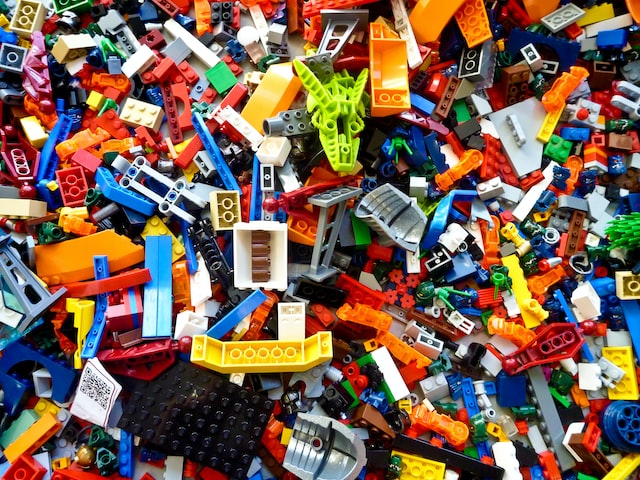Toys are made with a focus on safety, yet no toy is entirely risk-free. These guidelines guide you in selecting and maintaining safe toys. Then, share them with your kids’ caretakers and grandparents to make their homes and presents safer.
1. Selecting the Best Toys
Toys are age-graded to ensure child safety. Age grades are recommendations that represent the toy’s safety based on the following criteria:
- Any choking hazards or safety concerns.
- A child’s physical abilities need to play with the toy.
- How effectively a kid comprehends how to utilize the item.
- A kid’s interests, demands, and talents are at various stages of development.
Keeping this in mind: - Select toys that are suitable for your child’s age and abilities.
- Choose toys from natural materials like cotton, wool, and uncoated wood.
- You should avoid old wooden toys with damaged paint. This tearing toy may present lead.
- Check that cloth is washable.
- Pick toys mentioned as phthalate-free, PVC-free, and BPA-free. Do not select plastic toys with recycling codes #3, #6, and #7.
- Choose non-toxic paints, crayons, markers, and other painting products.
- Purchase any necessary safety equipment, such as a helmet with a bike.
2. Beware of Toy Hazards
2.1 Sharp Points and Sharp Edges
The sharp edges or points on certain toys made for older kids might damage a young child. Toys made of thin plastic that are easily broken should be avoided. Likewise, avoid offering metal toys to toddlers and newborns.
2.2 Small Toys with Small Parts
To prevent choking in children aged three and under, ensure toys and claims cannot slide within an empty toilet paper or block tube. The size of soft infant toys should be so that they cannot eat them. Examine plush animals for missing eyes, noses, and features. When children are around, keep tiny toys and toys with small parts out of reach.
2.3 Loud Sounds
Toys that emit shrill or loud noises, such as toy cap guns, can cause hearing impairment in children. First, read the warning labels to learn how to use the products safely. Then, test out toys at the store to see how noisy they are.
2.4 Strings and Cords
Toys with cords or strings that are longer than 7 inches might be hazardous to newborns and young children. They can become entangled around a child’s neck. Never hang toys with strings, cables, and ribbons in cribs or playpens. Remove crib gyms when your kids can stand on their hands and knees.
2.5 Toys that Fire or Fly
These can cause severe eye damage. Toys that fire non-toy objects, such as pencils or nails, should be avoided.
2.6 Electricity Powers Toys
Only purchase toys labeled “UL Approved” (Underwriters Laboratories). When used with an adult, heated toys are safe for children over eight. Do not repair or construct electric toys yourself. To keep the batteries safe within the toy, ensure that battery-operated toys have a lid that shuts with screws.
2.7 Magnetized Toys
Magnets can cling together within your child’s body if they fall off and consume two or more of them. It can result in harm or death. Magnet toys are not suitable for young children. If older children play with magnetized toys, remind them never to take any magnets in their mouths.
Remember that keeping an eye on your children is the most significant way to safeguard them.
Toy Safety
3.1 Toys should be kept in a secure place.
When not in use, keep all toys stored and off the floor. Toy chests should have air openings and be simple to unlock to the inside. Check for support that will keep the cover open in any direction.
3.2 Inspect toys for damage regularly.
On wooden toys, keep an eye out for breakage and rough edges. If you cannot repair a toy, it should be discarded.
3.3 Cleaning damaged parts
Remove all plastic wrap and any packing immediately.
3.4 Read the labels
Read and explain to your children the toy instructions. Keep the directions.
Summary
There are a lot of choices you can make while choosing toys for your kids. But sometimes, it becomes harder to what is the right choice and which toy makes your child happy.
Reading the safety guidelines for toys saves the child from any harm.

